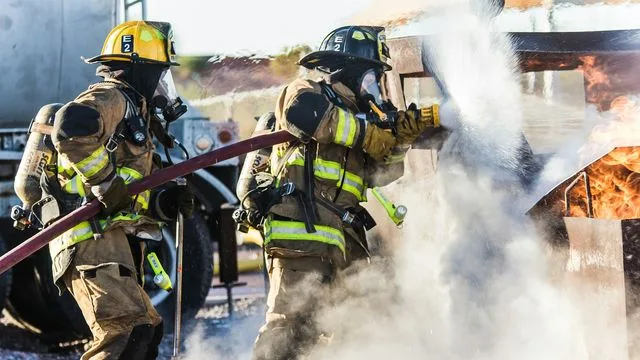Firefighters’ PFAS Exposure Linked to Genetic Changes: Implications for Disease Prevention
A new study has revealed a concerning link between firefighters’ exposure to per- and polyfluoroalkyl substances (PFAS) and changes in microRNAs (miRNAs), which play a crucial role in regulating gene expression. These alterations in miRNA profiles are associated with an increased risk of cancer and other diseases, highlighting the urgent need for enhanced preventative measures.
Understanding PFAS and Firefighter Exposure
PFAS, commonly found in firefighting foam and protective gear, are known for their persistence in the environment and the human body. Firefighters, due to the nature of their profession, face disproportionately high levels of exposure. This study sheds light on the potential long-term health consequences of this exposure.
Key Findings of the Study
- miRNA Alterations: The research identified specific miRNAs that were significantly altered in firefighters exposed to PFAS.
- Disease Link: These altered miRNA profiles are correlated with an elevated risk of developing cancer and other serious health conditions.
- Implications for Prevention: The findings offer valuable insights for developing targeted prevention strategies to mitigate the health risks associated with PFAS exposure in firefighters.
The Role of miRNAs in Gene Regulation
miRNAs are small, non-coding RNA molecules that regulate gene expression by binding to messenger RNA (mRNA). This process can either inhibit protein production or degrade the mRNA, effectively fine-tuning cellular functions. Disruptions in miRNA expression have been implicated in various diseases, including cancer.
Future Directions and Prevention Strategies
This research underscores the importance of ongoing monitoring and preventative measures for firefighters. Potential strategies include:
- Developing advanced protective gear that minimizes PFAS exposure.
- Implementing regular health screenings to detect early signs of disease.
- Exploring interventions to mitigate the effects of PFAS on miRNA expression.
Final Words
The discovery of a link between PFAS exposure and miRNA alterations in firefighters represents a significant step forward in understanding the health risks associated with these chemicals. By focusing on prevention and early detection, we can work towards safeguarding the health and well-being of these brave individuals.



+ There are no comments
Add yours